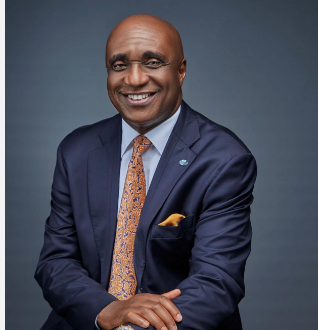When the Handwriting of Leadership Becomes Artificial: Can Trust Survive?

When leaders delegate their voice to algorithms, what becomes of the soul behind the message?
In a world racing toward digital ubiquity, where a simple algorithm can weave together a speech that rivals the eloquence of seasoned leaders, a provocative question emerges: When leadership’s voice becomes automated, does authenticity dissolve—or does it evolve?

At the heart of this profound inquiry lies a groundbreaking study conducted by Harvard Business School professor Prithwiraj Choudhury and a team of global researchers at Zapier, a fully remote American software company with over 700 employees.
Their bold experiment?
To find out whether employees could tell the difference between their CEO’s heartfelt words—and those penned by an AI clone of him.
The Birth of the “Wade Bot”
Using a custom-built large language model trained exclusively on CEO Wade Foster’s emails, Slack messages, public interviews, and other communications, researchers created an eerily accurate digital double: the Wade Bot.

The objective was elegantly simple, yet deeply consequential:
Could employees distinguish between genuine leadership and a synthetic impersonation?
In an internal test involving 105 Zapier employees, participants submitted questions, and received answers both from Foster himself and his digital twin. Employees then attempted to guess which messages were human and which were machine-made.
The results were as startling as they were revealing:
Employees correctly identified AI-written responses only 59% of the time—barely better than a coin flip.
Even more fascinating?
Perception altered reality.
When employees believed an answer came from AI, they judged it less helpful—even when it was written by Foster himself. Conversely, when they thought a CEO authored the reply, even AI responses seemed wiser and more trustworthy.
The Reflection Beyond the Data
What Choudhury’s research underscores is not merely the sophistication of today’s generative AI—it lays bare something far more unsettling:
Humans are not purely evaluating the quality of communication.
We are judging its soul.
People want to believe that the human behind the words sees them, understands them, and values them. An algorithm, no matter how polished, struggles to fill that sacred, psychological space.
As Foster himself candidly reflected, “When I use Gen AI, I must stand by everything in the message.”
Responsibility cannot be outsourced—even when the words are.
The Corporate Reckoning: How CEOs Are Embracing—and Cautioning Against—AI
With a 2024 Deloitte survey revealing that 50% of U.S. CEOs have already automated content creation—and 75% personally using AI tools—this is not a futuristic debate. It is a pressing leadership challenge.
Professor Choudhury, offering guidance drawn from his research, proposes three vital commandments for modern leaders venturing into AI-driven communication:
Radical Transparency
Leaders must openly disclose when and how AI assists their communications, lest trust quietly erode from within.Strategic Use
Deploy AI primarily for formal, impersonal messaging—shareholder letters, FAQs—not the intimate conversations that cement culture and loyalty.Triple-Check Every Word
CEOs must rigorously fact-check AI outputs to avoid dangerous miscommunications, robotic tone, and credibility-shattering errors.
The Bigger Picture: AI as a Mirror, Not a Mask
This study hints at a broader societal crossroads:
Will AI become a tool for enhancing authentic leadership—or a mask that slowly alienates the very people leaders seek to inspire?
Foster’s experience—where AI sometimes produced answers even he admired, yet lacked the nuanced fingerprints of true context—illuminates both the promise and peril of this evolving partnership between man and machine.
As companies like Zapier explore creating “chatbot proxies” of their CEOs to offer patient, judgment-free advice to employees, the possibilities expand. Yet even then, Foster wisely insists: “Caveats and disclaimers must accompany the Wade Bot.”
A bot may echo your voice.
But only a leader can embody your vision.
Final Thought
In the race to scale communication through artificial means, leaders would do well to remember: Authenticity isn’t just about what is said—it’s about who is speaking.
The pen of leadership must never lose the pulse of humanity, even if the hand holding it is partially silicon





